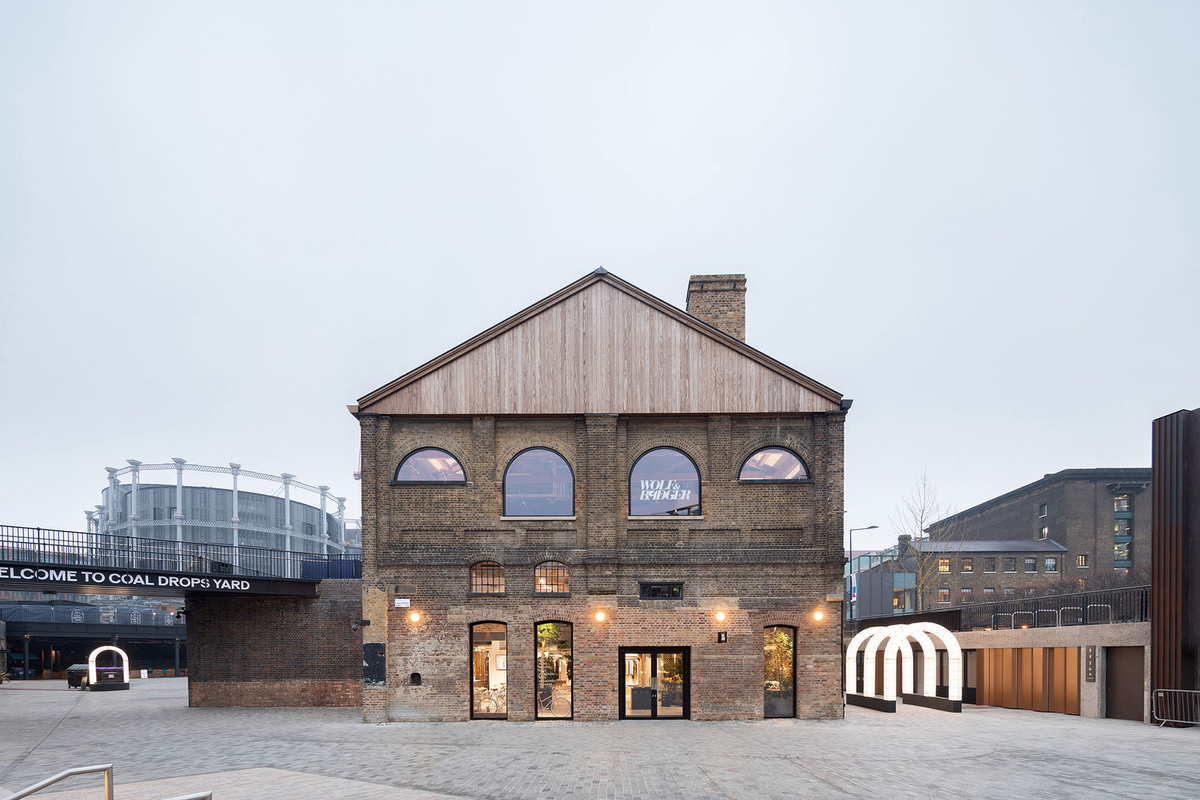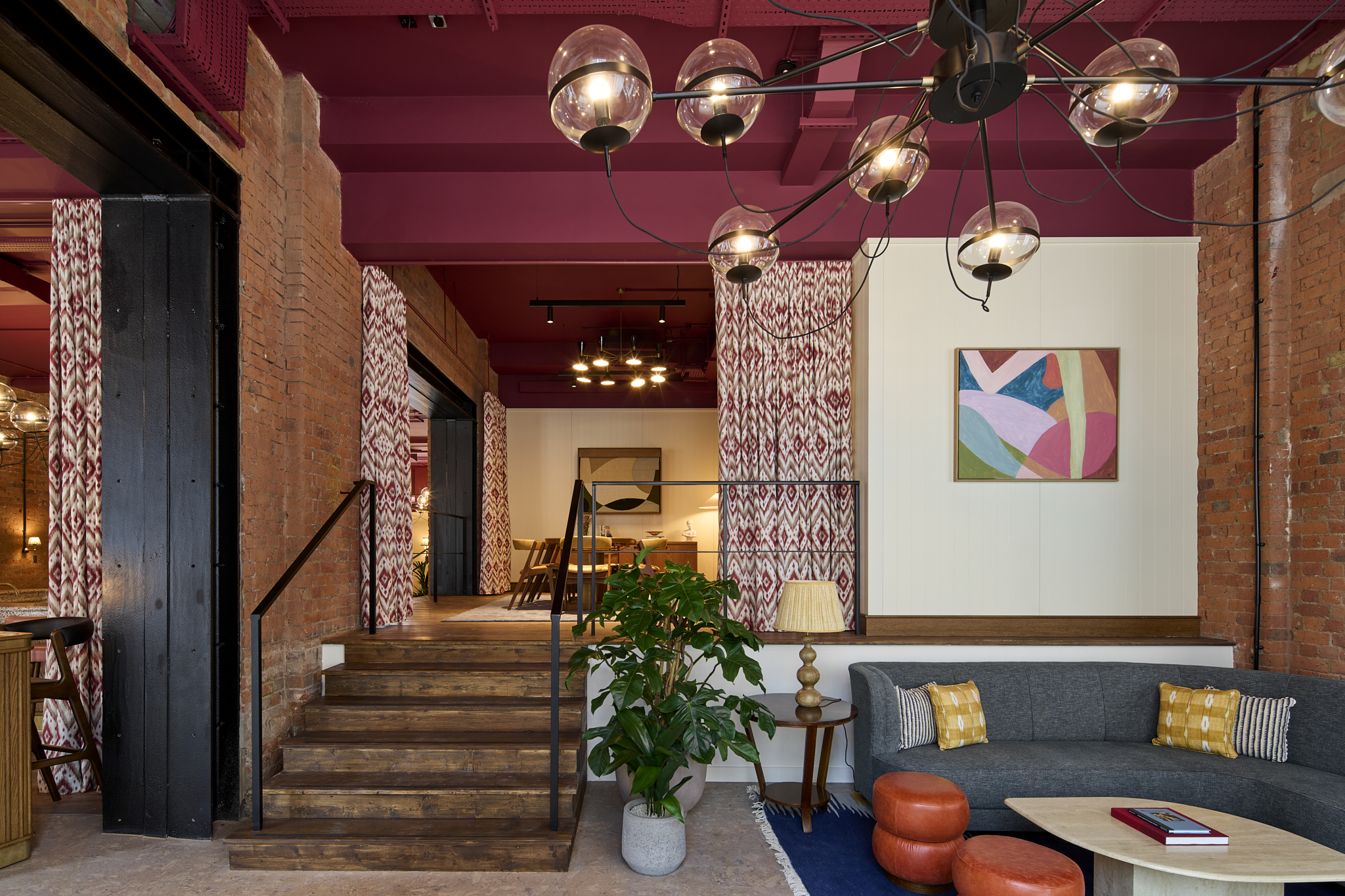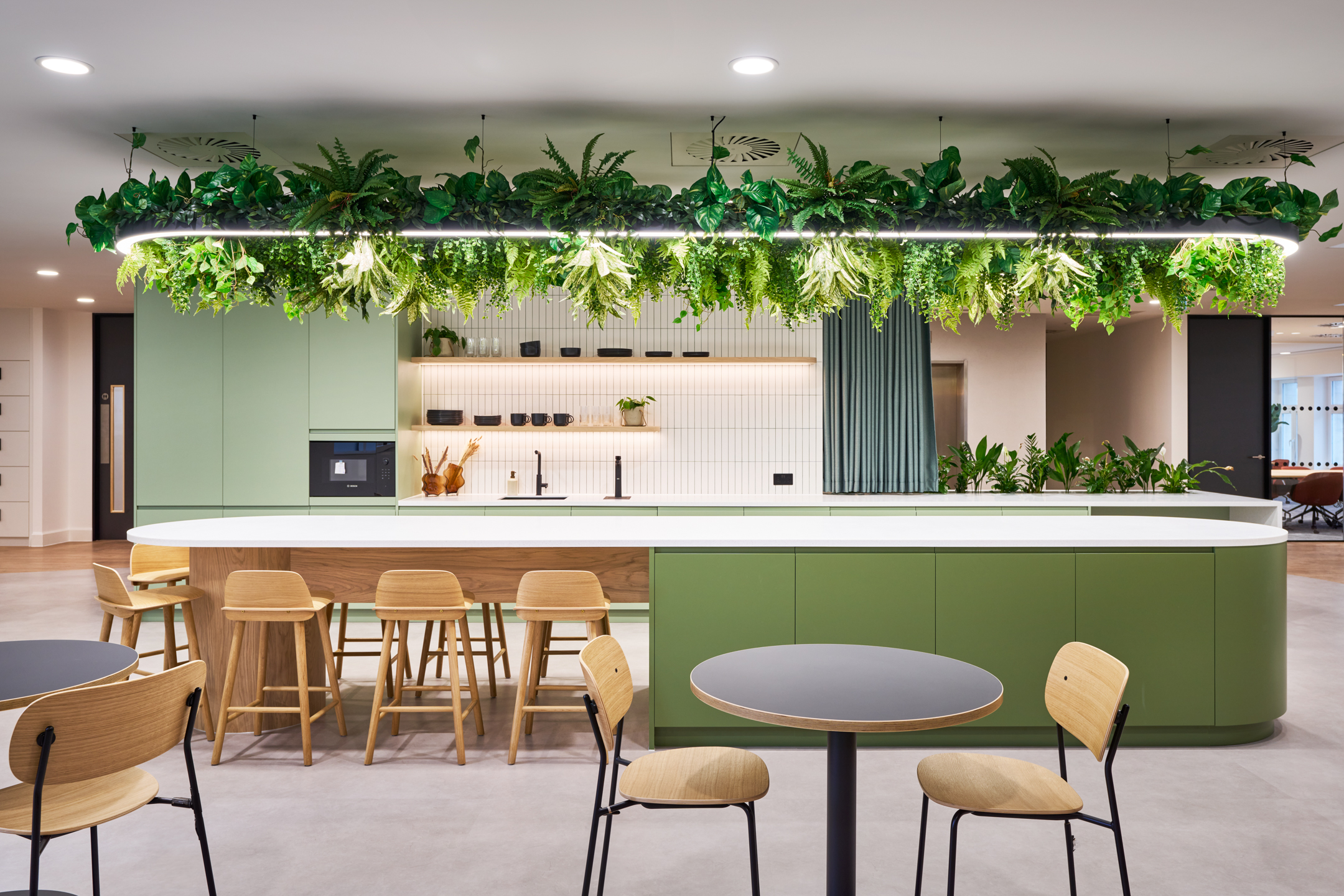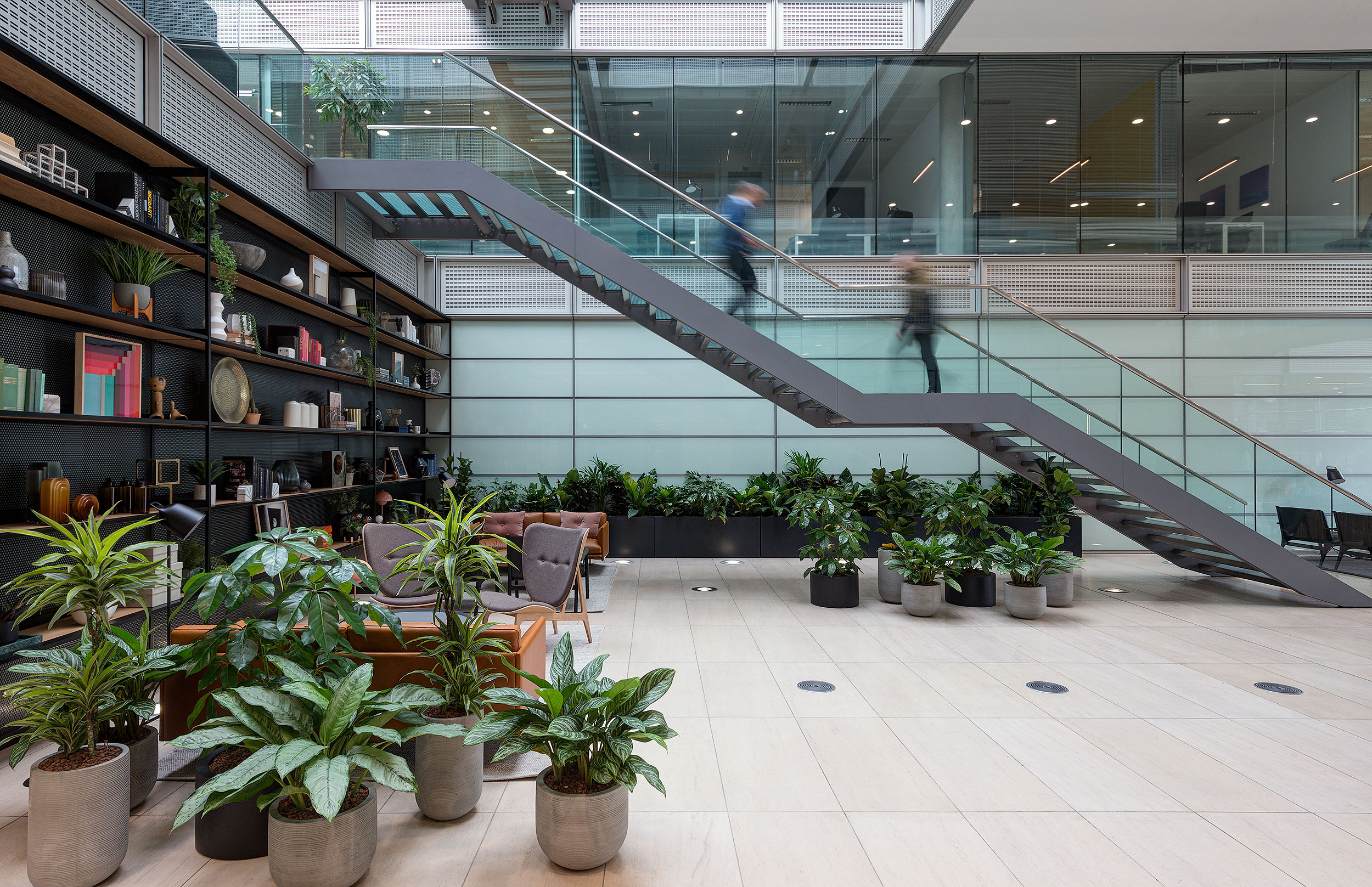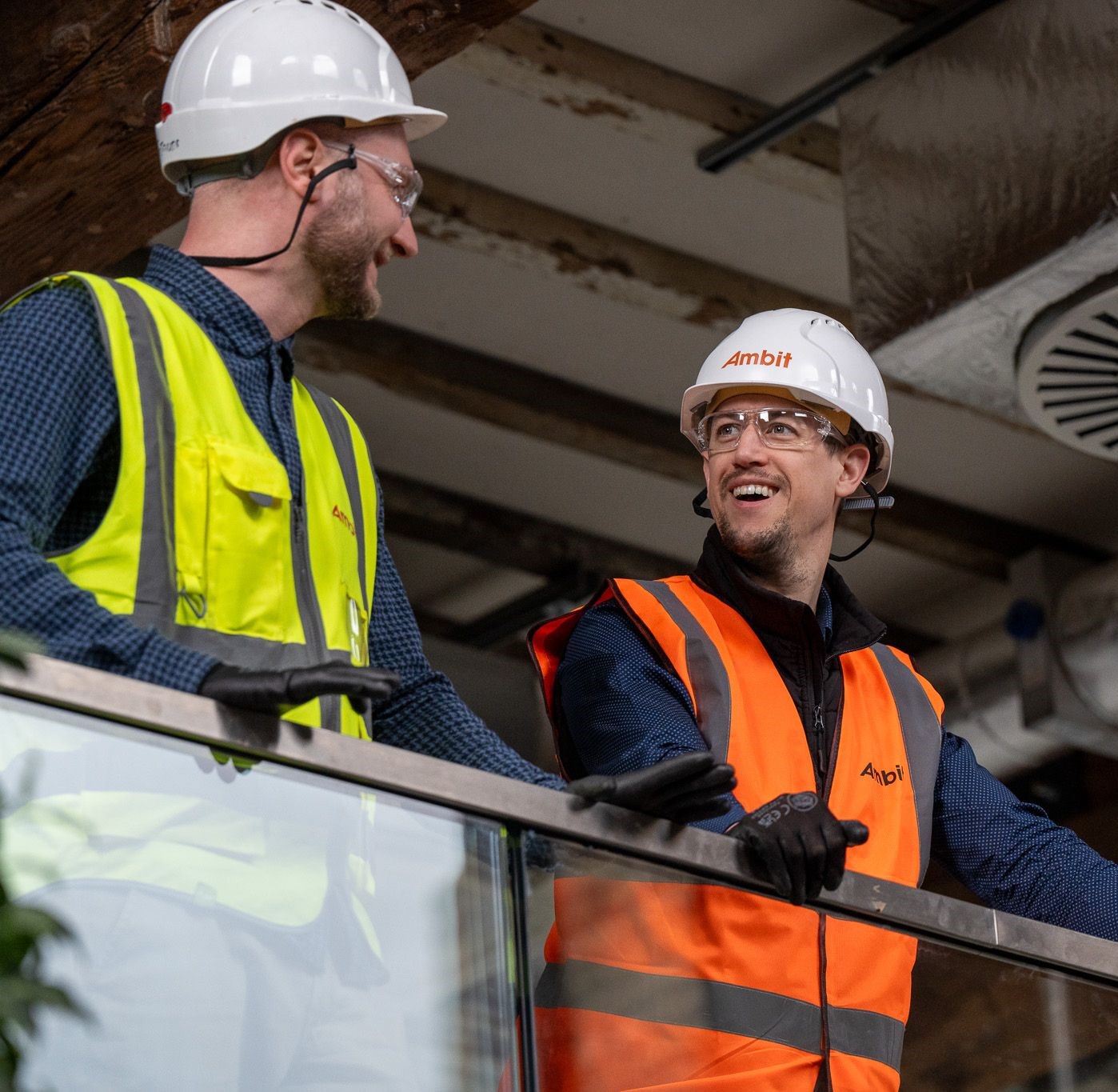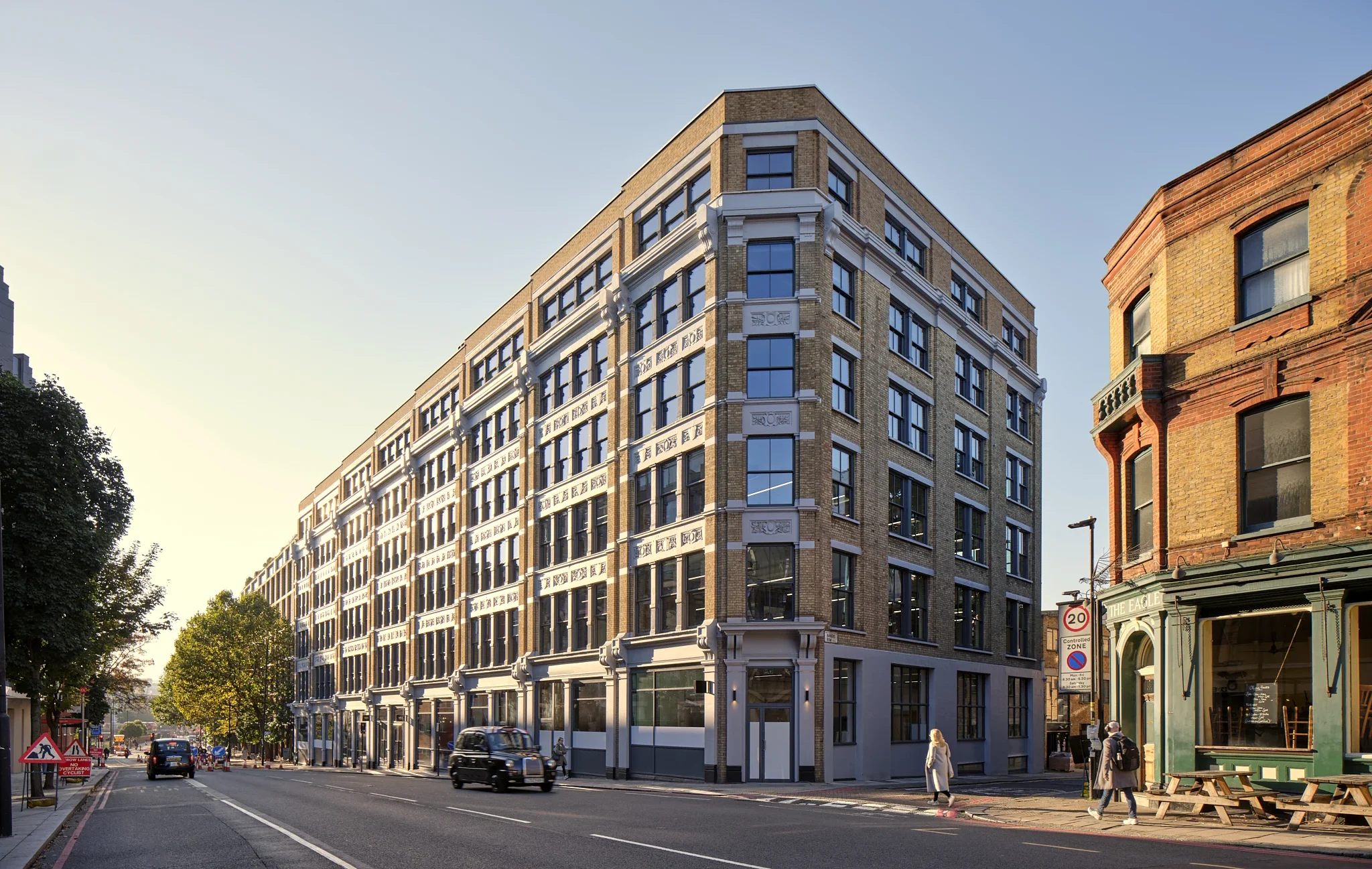How MEP Systems Silently Shape Workplace Wellbeing
Imagine you’re running a workplace experiment: keep the layout, the décor, and the furniture exactly the same, but switch off the ventilation, alter the lighting, and let the temperature drift. The difference in how people feel and perform would be immediate. That’s the influence of mechanical, electrical, and plumbing (MEP) systems that, when working well, fade into the background, yet when absent, reveal their role as the bedrock of wellbeing. These technical services are the silent influencers of wellbeing, impacting how people experience their workplace daily.
Air that Fuels Focus
Air quality is one of the most decisive factors for human performance. Research from Harvard has shown that doubling ventilation rates can deliver productivity benefits of around £5,000 per employee yearly, while the cost of upgrading ventilation systems can be less than £30 per head. In London, the Confederation of British Industry has estimated that a 95% reduction in indoor pollutants could increase productivity by up to 15%, potentially adding £38 billion to the city’s economy. Even marginal changes matter: the OECD has reported that a 1 µg/m³ rise in PM2.5 (fine particulate pollution) causes a 0.55% drop in labour productivity across European firms. For workplaces, these figures show how well-designed ventilation and filtration systems are direct drivers of wellbeing and output.
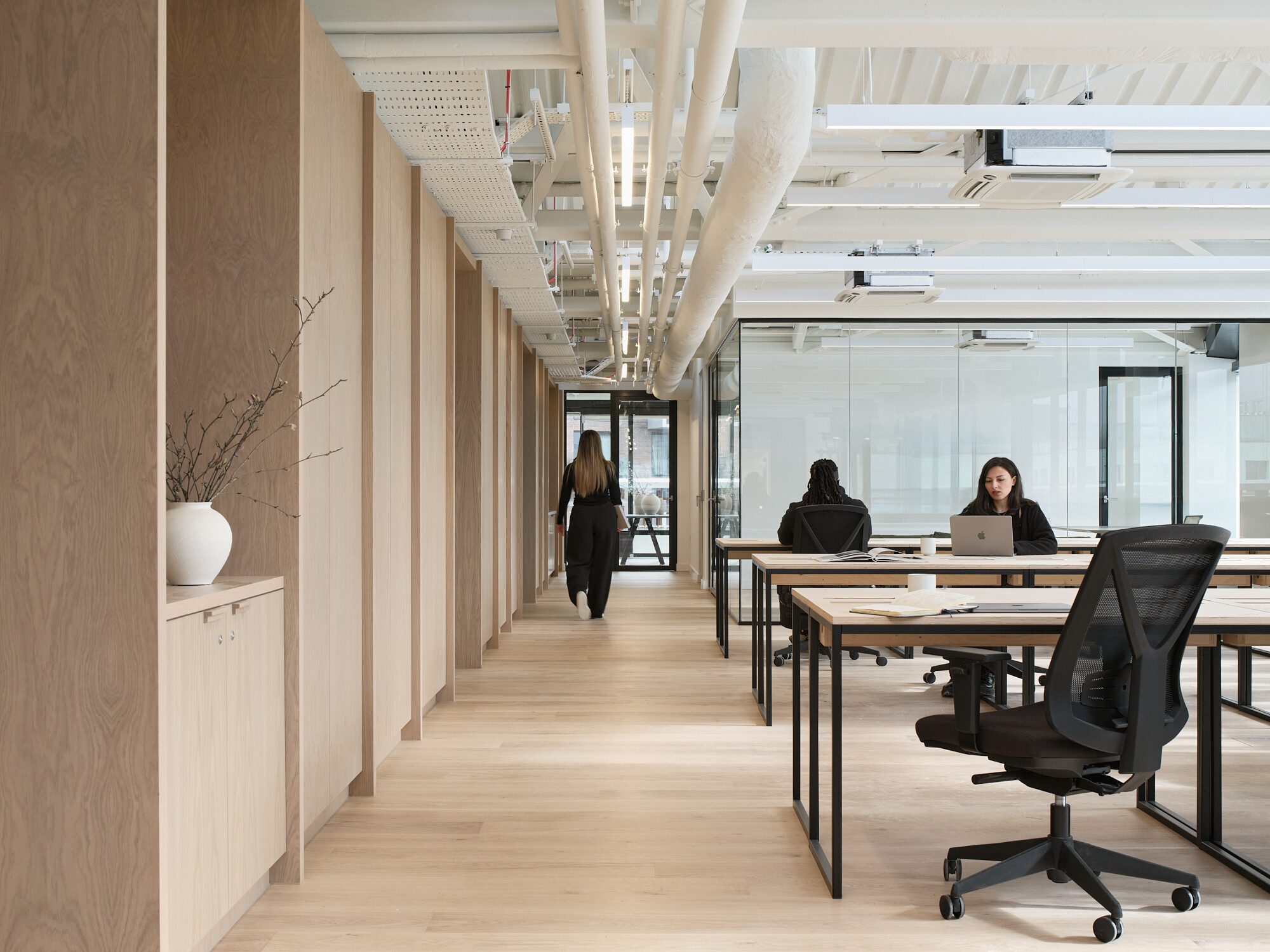
Comfort Through Climate
Temperature consistency is another area where MEP systems play a decisive role. Fluctuations in temperature are among the most common sources of workplace dissatisfaction, with poor climate control regularly cited as a cause of distraction and fatigue. Innovations in MEP strategy are shifting this picture. At 50 Fenchurch Street in London, for example, underfloor displacement cooling has been designed to deliver 30% more fresh air than conventional systems. This approach improves oxygen levels, reduces pathogen circulation, and creates quieter, visually cleaner environments. By stabilising internal climates, MEP systems reduce physical stress, support cognitive clarity, and ensure employees feel consistently comfortable throughout the working day.
Lighting That Sets the Mood
Lighting plays a crucial role in maintaining energy levels, supporting circadian rhythms, and shaping atmosphere. Electrical systems that balance daylight with artificial lighting affect how uplifting or draining a workplace feels. Research measuring workplace experience found that when employees rated their environment as more pleasant, influenced by factors like light and air movement, meeting productivity increased by 35%. These findings highlight how lighting, air and electrical systems combine to underpin individual and team wellbeing.

Sound, Silence, and Balance
Noise is another subtle but influential factor. Background hums from poorly tuned systems or echoes in open-plan layouts can quickly erode concentration. Research into workplace comfort has shown that noise exerts a greater negative impact on overall comfort than air quality, and that environmental comfort explains more than 70% of variations in perceived workplace satisfaction. MEP strategies integrating acoustic treatments or quieter ventilation systems directly support healthier soundscapes. By balancing buzz and calm, offices become adaptable environments where focus and collaboration can coexist without compromising wellbeing.
The Invisible Impact
In 2024, respiratory illnesses, closely linked to air quality, accounted for 24% of short-term absences in the UK Civil Service. Broader studies show that cleaner ventilation and emissions controls in urban areas can reduce sick leave by nearly 20%. For businesses, this reinforces the critical importance of well-maintained MEP systems in lowering absence rates and enhancing workforce resilience over time.
When viewed in isolation, these technical adjustments may seem minor. Together, they shape the entire sensory environment of an office. MEP systems are rarely the headline of a design brief, yet their influence on wellbeing is immediate and long-lasting. By bringing technical services into the wellbeing conversation, businesses can create healthier, more energised, and more human workplaces.

